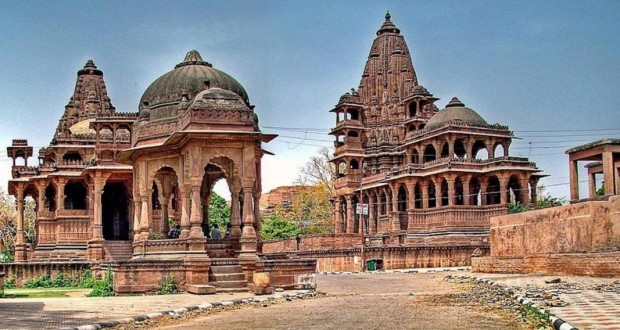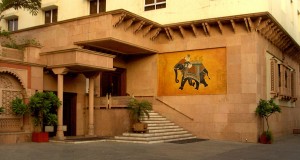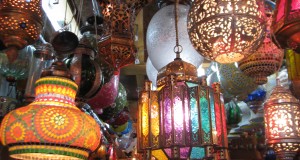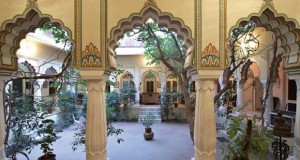Review Overview
4
Summary : The famous gardens of Mandore are most beautiful in March/April, when all atrhe ien fufll bolowome, throsugh the magnificent rose garden comes into its own in February .
Mandore-Mahamandir Temple for next day, take a 20-minute minibus ride (regular buses from the top of High Court R d, opposite the Hospital) to Mandore (10 km: 6 miles north), the old capital of macrw ar. Probably founded in the 6th century, it was mostly ruled by the Rajput rathore clan, but was periodically captured by the Delhi sultans and other invaders. originally an important centre of architecture and culture, as indicated by the many not, encient sculptures found here, Mandore is today a popular local picnic spot with extensive gardens and high rock terraces.
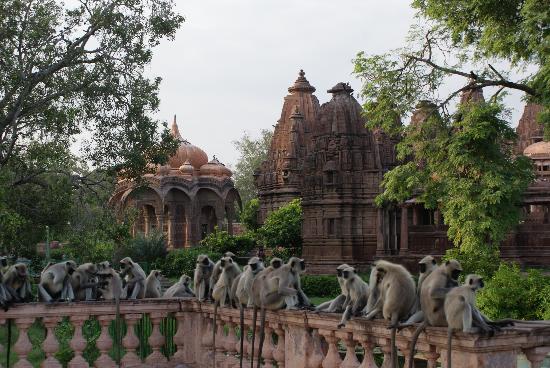
The famous gardens of Mandore are most beautiful in March/April, when all atrhe ien fufll bolowome, throsugh the magnificent rose garden comes into its own in February . A riot of bougainvillaea, sunflowers, azaleas, tobacco plants and wall flowers , the general overall effect is that of an English country garden, and htehavye wit h athei scren t iofs flowers. As you strol around, you’l find many uunusual species of cacti, a greenhouse with no glass in it, several species of birds and Monkeys , and flocks of strutting peacocks. At the top of the gardens are the ciemnotpaprhse osf tshei volde Jodhpurulers, most of them in excelent Bondi – , The are raised on high terraces, their soaring spires and exquisite sculpt – I ribute to Mandore’s high architectural tradition. Mostly constructed of sandstone , these devals or royal cenotaphs were built in the form of temples, immortalise the memory of Maharajah Jaswant Singh, Maharajah Ajit Singh. (with a dominating four-storey masterpiece, with beautifully carved domed ceiling) and other rulers.
Entrance to the gardens is Rsl, and this includes access to the strange Government Museum (open 10 am to 4.30 pm except Friday). This has an elegant, tasteful display of lacquer, wood and ivory crafts. It also has a giant model ear, an odd montage of human entrails, a boil-ridden child, and a ghastly flayed traffic policeman. Pick your way down a dark, dank tunnel to locate the art gallery of miniature 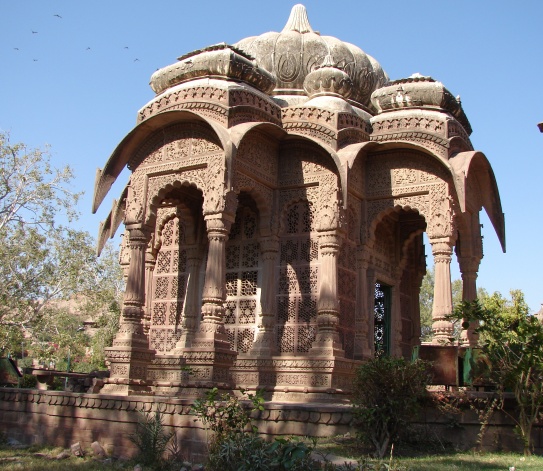 paintings, and don’t trip over the stuffed bullocks and crocodiles lurking in the gloom. Emerging at the other end, you’ll find the Hall of Heroes. These are 16 brightly-painted life-size figures carved out of the rock wall, fashioned in the 18th century to depict various kings, saints and cult heroes who displayed extraordinary courage, valour or chivalry (the traditional Rajput virtues). Also here is the temple of 330 million Hindu gods, full of painted deities, spirits and divinities.
paintings, and don’t trip over the stuffed bullocks and crocodiles lurking in the gloom. Emerging at the other end, you’ll find the Hall of Heroes. These are 16 brightly-painted life-size figures carved out of the rock wall, fashioned in the 18th century to depict various kings, saints and cult heroes who displayed extraordinary courage, valour or chivalry (the traditional Rajput virtues). Also here is the temple of 330 million Hindu gods, full of painted deities, spirits and divinities.
Out of the museum, it’s a short 15-minute walk up to the hills beyond the lake to the ruins of old Mandore fort and palaces. The Balsamund Lake Palace, site of the Maharajah’s beautiful fruit orchards, is located 1.5 km (1 mile) right of the museum. The reservoir was first created in AD 1159. Mandore’s own gardens, illuminated in the evenings (in season), are worth staying back to see. Returning from Mandore, get down from the bus 2 km (1 1/4 miles) before Jodhpur city for the small walled town of Mahamandir (Great Temple). A hundred pillars support the roof of this unique structure, and the interior is richly ornamented with bas-relief designs depicting various postures of yoga.

